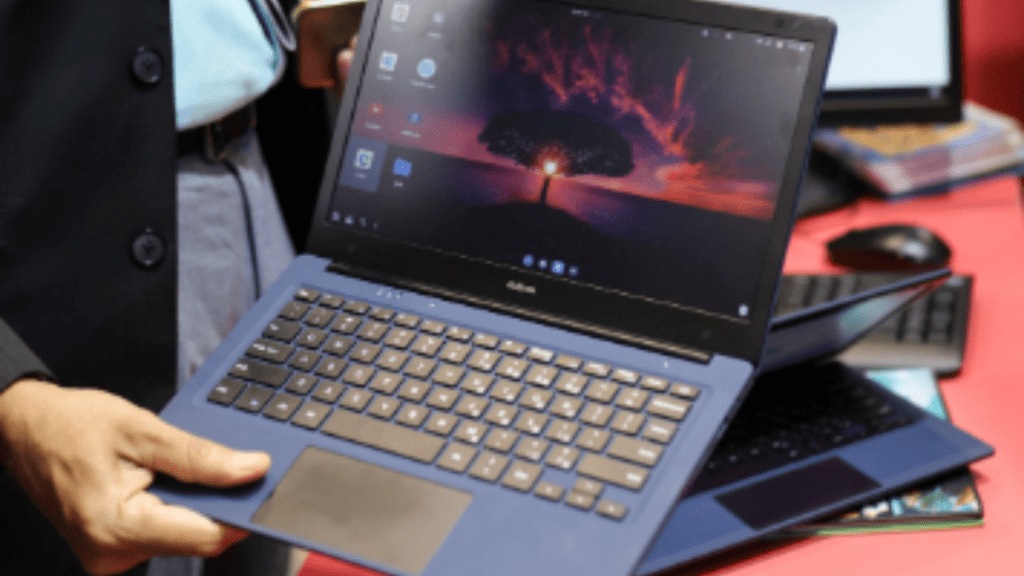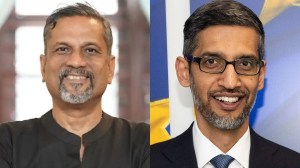Execution of AI (artificial intelligence) mission and consolidation of the approved semiconductor projects will be the top priority of the government, in the technology space, IT and electronics minister Ashwini Vaishnaw told Fe.
In an exclusive interview, the first after assuming office under the new government, Vaishnaw said the other two priority areas will be: one, to scale up manufacturing of hardware, laptops and servers to the level of smartphones. Second, in smartphones, an export-led growth strategy will be worked upon.
“In semiconductors, the focus is on the execution of the already approved projects. We should move carefully and focus on execution of approved projects. Once the ecosystem crosses the threshold, then we should increase the pace,” Vaishnaw said, adding that he will soon visit all the sites to get an update.
“We are in very good shape with regard to semiconductor projects. We can now target to be among the top 10 semiconductor hubs by 2030. This should be seen in the light that we are developing a totally new industry,” he said.
Before the polls, the government had approved a total of four semiconductor projects totalling Rs 1.49 trillion. Of the Rs 76,000-crore incentive scheme, around Rs 60,000 crore has already been budgeted for these projects.
On the AI mission, where the government had approved an outlay of Rs 10,372 crore before the elections, Vaishnaw said that apart from the execution, domestic production of AI chipsets will also be on the agenda.
“Some companies are ready to give us base level power chips. If we develop on top of that, we can have our own chip for inferencing. For model training, we would require GPUs (graphic processing units),” he said.
AI chipsets basically mean GPUs, which are essential for creating AI models as these require large-scale computing. Central processing units (CPUs) are not able to do such large-scale computing. At present, the US and China lead in computing infrastructure required for the development of AI technology. US-based Nvidia dominates the GPU market with about 88% market share and there is a lag of 12-18 months in getting GPUs from the company due to its high demand across the globe.
There are several other global firms making GPUs, but their processing capacity is around 60% of Nvidia’s.
On the IT hardware PLI, Vaishnaw said the topmost task will be to see that Apple kind of success is achieved in domestic production of laptops, computers, servers, etc.
“In the next 3-4 years the manufacturing scale in IT hardware needs to reach a similar level of smartphones,” he said. Vaishnaw said that on the agenda will also be to start domestic manufacturing of printed circuit boards and create capabilities where Indian firms emerge as leading global producers of telecommunications equipment, consumer electronics, and smart devices.
In smartphones, where domestic production of Apple has already been a success, Vaishnaw said that having met the domestic demand, the next step is to meet the world’s demand and create more employment.
“The major focus of the government is to create jobs through manufacturing of smartphones, IT hardware, and electronics components. Foundational industry like semiconductors will amplify these efforts and create downstream employment opportunities across the country,” he said.
“We are now working to reach the next level in Apple and mobile phone manufacturing. Our demand is already fulfilled by our own production of smartphones. Now, we must focus on exports, ie, global demand,” the minister added.
On domestic manufacturing of components, Vaishnaw said that the ecosystem has started coming in, which needs to be scaled up. “We have to push, plug and play model, keeping in mind a 20-year vision,” he said.
The minister said that with the success in domestic electronics and chip manufacturing, which saw Apple setting up its base in the country and global manufacturers like Micron deciding to set up an assembly, testing, marking, and packaging, plant in India, it’s quite evident that global players have developed confidence in India and government’s incentive schemes.







